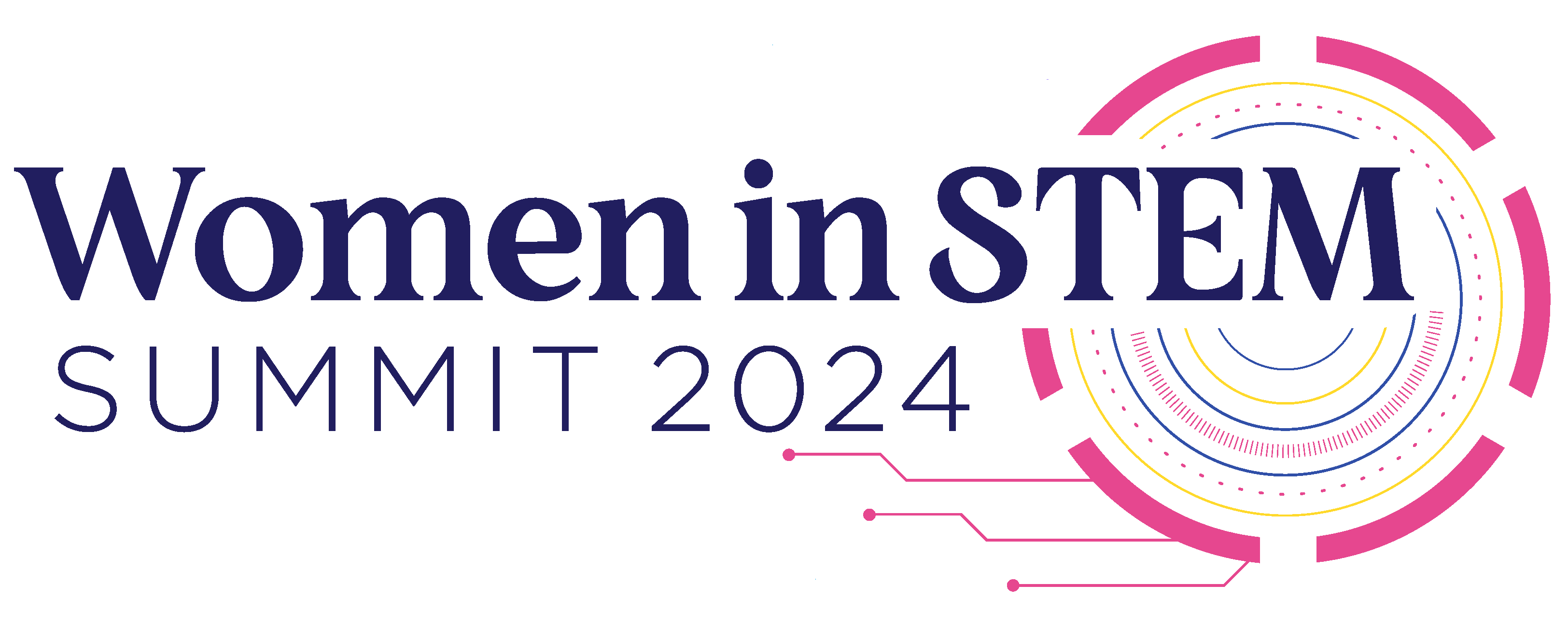I’m fortunate to spend a life and career immersed in technology and am always eager to explore new innovations and practices as they emerge, but I know that many others don’t feel the same way.
That’s why I was so impressed when a very close friend of mine, a language teacher in a secondary school, took a course a few years ago to familiarize herself with the new software available at her school. Ordinarily, she’s impatient with technology and many a keyboard and device has felt the wrath of that impatience over the years. Even so, she stuck with the course as she appreciated technology, which has helped her connect with her students and introduce them to resources that reinforce her teaching in the physical and virtual classroom. My friend has continued to learn independently and has developed a strong interest and skill set.
Now she teaches technology to first-year students at her school and helps other teachers get to grips with the power of technology. Bravo for her initiative and determination!
Though Ireland is seen by many as a technology hub, it’s not a particularly diverse one. We need more women and minorities to instruct and encourage students who are interested in, or show an aptitude for, science, technology, engineering, and maths (STEM). We need more mentors like my friend who can train and inspire other teachers and educate parents and peers, whose support means so much to young people. We need more visible role models and STEM allies to inspire the next generation.
Gains in workplace diversity and inclusion are a byproduct of broader cultural and educational strides. Here in Ireland, we are seeing more inward migration, so the population is becoming more diverse. The school curriculum here is broadening, too, with more emphasis on STEM subjects. But we have a long way to go. Fewer than 20% of women who pursue higher education in Ireland study STEM, compared to 43% of male students who do. Not surprisingly, in a recent poll more than half of Irish teen girls said they lack female role models for STEM careers.
The landscape has changed significantly from when I was in secondary and third level education. The opportunities to learn coding in secondary school were limited and non-existent at primary level. So as a teenage girl who coded, I was a true outlier. But one of the reasons I work in technology today is because of unexpected but welcome praise I received when I was 12: A coding instructor at a summer class I was taking praised me for being “very systematic.” That early recognition and encouragement was incredibly meaningful to me. When I consider the opportunities available today through activities like Fidelity’s Root2STEM, DCU’s ComputeTY, TCD and University of Galway’s CodePlus or Maynooth’s STEM Passport for Inclusion and the potential to reach young girls at an age where they are open to careers in technology and STEM, I can’t help but feel optimistic about the future.
I applaud every inch of progress and am convinced communities, educational institutions, and businesses working together can accelerate it. Inspiring initiatives and collaborations in addition to the ones I just mentioned are underway: Dublin is home to the CoderDojo Foundation, a global volunteer network that provides free programming workshops for young people, with special emphasis on girls.
Real-world experience helps break down stereotypes and provides role models for these students. Fidelity is actively involved in programs that engage with youth—well-established ones, such as Junior Achievement, and newer ones, such as CodePlus, launched in 2015 by Trinity College Dublin to address the gender imbalance in computer sciences. CodePlus offers talks and workshops to female students, and women in business are key participants—a wonderful example of business and educational institutions working together. Fidelity also hosts residencies for students from the Immersive Software Engineering Initiative, a diversity-focused experimental project at the University of Limerick in addition to providing summer internships for teachers in training to increase awareness of opportunities to use technology in the classroom and promote STEM careers.
Such partnerships between the educational and business sectors are vital because most students trained in technology pursue industry jobs. Committed educators, such as my friend, need opportunity and support to learn new skills and the knowledge to point out the career pathways to students.
I hope this coalition of stakeholders will continue to experiment. Let’s bolster our support for educators and find new ways of helping girls discover their gifts, nurture their skills, and see firsthand the application of their training in the marketplace. Hopefully, the business sector will lean in ever closer to the education system while continuing to support diversity hiring and advancement. If we can do this, I know we can keep the momentum going and close the diversity gap in STEM at last—not just with one language teacher at a time, but with a large and growing cohort of engaged and diverse educators, role models, mentors and advocates.

